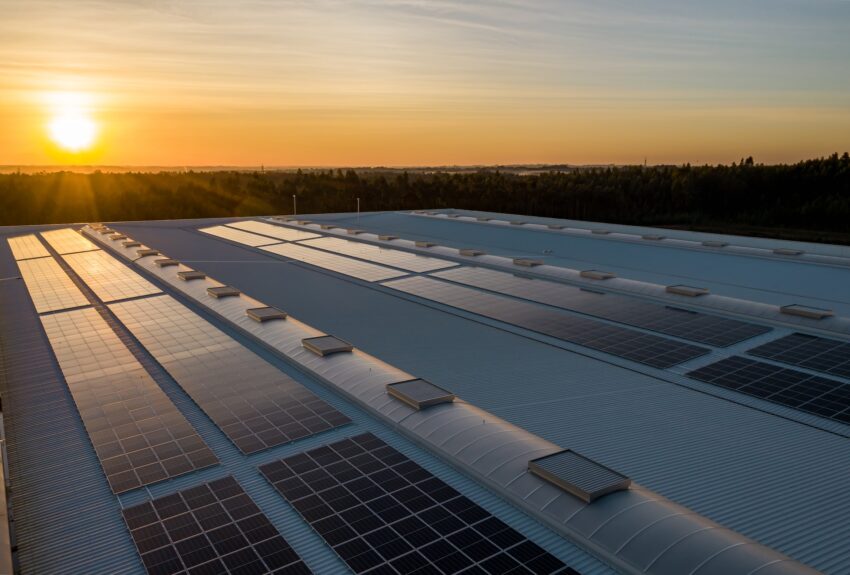Community solar projects are a great way to reduce your carbon footprint and can help you reduce your power bills. They can also help you improve the air quality in your area, and they are a great way to make your community more resilient.
Cost Savings
Community Solar is a way for consumers to invest in solar energy without the expense of putting panels on their roofs. In this model, multiple consumers share the benefits of a community solar project. It can help lower the cost of electricity and reduce greenhouse gas emissions.
Community Solar is a relatively new concept in the clean energy industry. The DOE has recognized it to help meet the United States’ energy savings goals by 2025. However, the market for Community Solar could be more cohesive. Having an independent advisor can be the key to maximizing the community solar benefits.
There are two types of Community Solar projects: on-site and off-site. On-site projects are installed on your property, while off-site projects are integrated into your local power grid.
One of the main benefits of Community Solar is that it strengthens the local power grid. It improves the grid’s ability to handle fluctuating demand and allows for expanding new projects.
Another benefit is that subscribers can receive a discount on their electricity bills. In many states, incentives are available for participating in solar community projects. This could include tax credits and lease payments for solar panels.
The savings depend on the solar community project size and how much electricity is produced. Customers can expect to save about 10% on their electric utility bill.
Improved Air and Water Quality
Community solar projects can help improve air and water quality. This renewable energy source is also a way to support local jobs and the transition to clean energy.
Improved air and water quality can benefit health and well-being in various ways. It improves visibility, reduces air pollution-related illnesses, reduces absenteeism among workers, improves crop yields, reduces environmental damage, and improves economic welfare.
A recent report published by the EPA, a peer-reviewed study, found that the Clean Air Act Amendments of 1990 (CAA) deliver significant health benefits. The CAA consists of several components, such as emission controls for power plants and a national ozone standard. While these programs are in their early stages, they will grow over time.
One of the most significant is the Acid Rain Program, which has lowered levels of fine particle pollution in the air and improved ecosystems. Other measures have helped improve ozone levels in the Mid-Atlantic region, while 12 states have implemented other controls.
Another significant achievement is the creation of the Ozone Transport Region, which was created by the 1990 Amendments. With this in place, the eastern United States has seen a dramatic reduction in the wet deposition of sulfate.
Resilience
Community solar projects can offer resilience benefits to consumers. However, there needs to be more certainty about the extent to which these investments will provide resilience benefits. To determine if these investments will provide resilience benefits, regulators must consider the value of community solar.
The Department of Energy’s (DOE) National Renewable Energy Laboratory (NREL) has explored opportunities to strengthen the resilience of the electric grid. It has developed a tool called the Interruption Cost Estimate (ICE) Calculator. Using this tool, NREL estimates the cost of power interruptions for various durations. For instance, an ICE calculator can estimate the avoided cost of a power interruption for a customer served by a microgrid.
Several states have implemented clean energy programs that aim to increase the resilience of the electricity system. Policymakers are moving forward with these initiatives. They are developing processes for support of renewable energy and microgrid projects. This report focuses on the methods used to evaluate the energy resilience value of DERs.
There are four case studies to review. Each explains the method and outputs generated and describes the context in which it was used.
While all three proposals addressed the need for ratepayer equity, the Illinois Commerce Commission approved ComEd’s proposal without a formal cost-benefit analysis. Similarly, the Maryland Public Service Commission determined that the proposed microgrids could not be quantified; therefore, the benefits of the community microgrids were not shared equally among ratepayers.
Reduce Heat Islands
The Urban Heat Island (UHI) effect increases local ambient temperatures in urban areas. This heat results from the combination of human development and climate change. It is generally noticeable during summer. In addition, it can contribute to local weather patterns and precipitation activity.
UHI also increases energy use and increases air pollution. It is estimated that, for every one deg F rise in air temperature, electricity demand increases by 1.5 to 2 percent.
There are several ways to reduce the urban heat island effect. For example, green roofs and curbside planting are effective measures. However, research shows that solar panels have little impact on winter air temperatures.
Solar panels may be a valuable complement to more comprehensive efforts to cool the urban environment. Solar panels can decrease the amount of CO2 in the atmosphere and reduce air pollution.
Air conditioning systems are overloaded during hot summer, resulting in higher energy bills and power outages. Additionally, heat waves are more intense as global temperatures continue to rise.
Studies have shown that extreme heat disproportionately impacts vulnerable populations, such as older people and those with preexisting health conditions. People living in low-income areas are particularly vulnerable to the heat.
In addition, the overuse of impermeable materials can contribute to forming an urban heat island. Typically, these materials absorb and intensify heat during the day. They then release it slowly at night.

